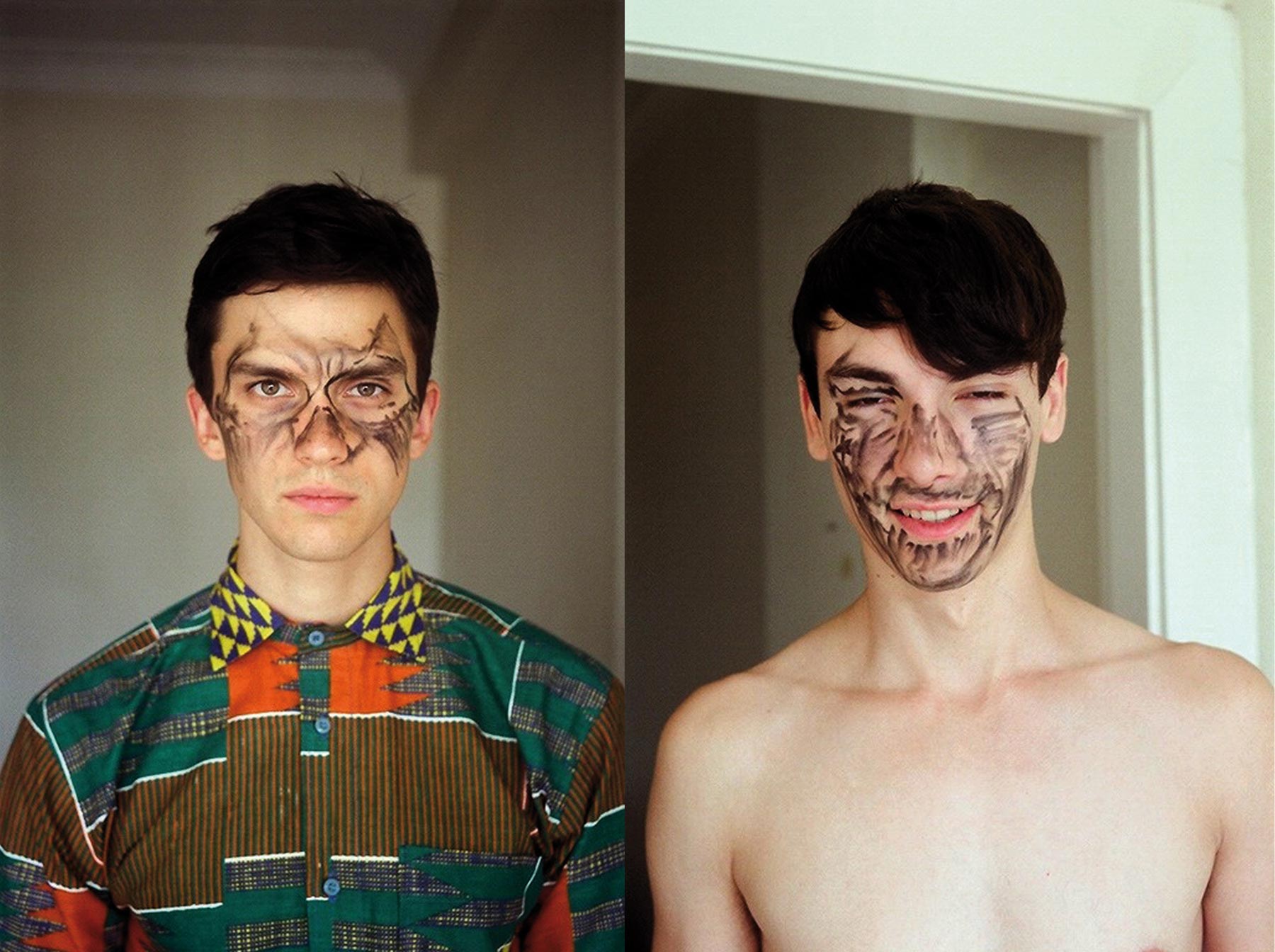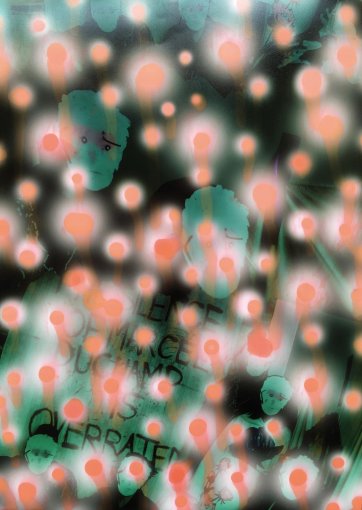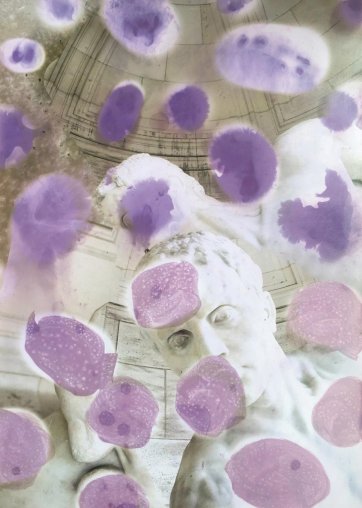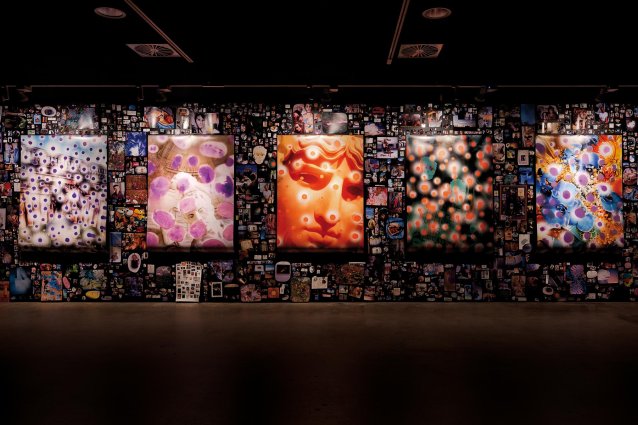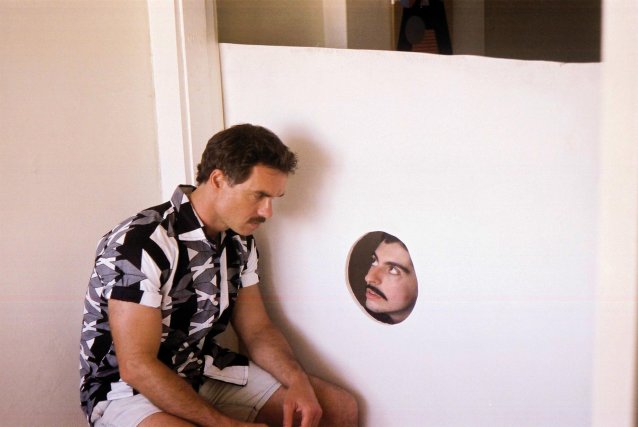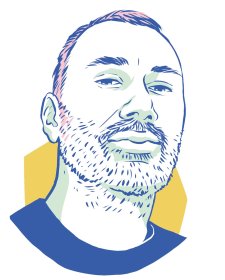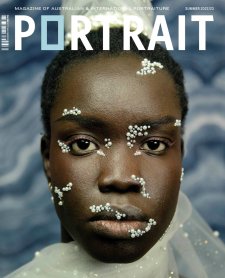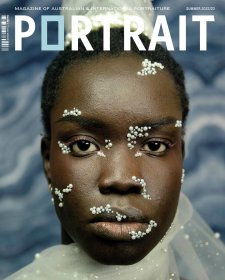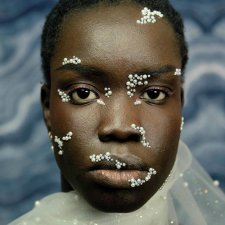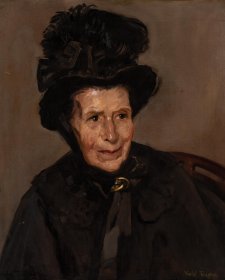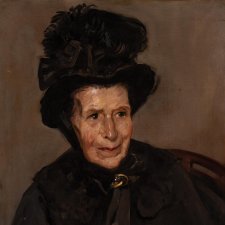‘Queerness is not yet here. Queerness is an ideality. Put another way, we are not yet queer. We may never touch queerness, but we can feel it as the warm illumination of a horizon imbued with potentiality. We have never been queer, yet queerness exists for us as an ideality that can be distilled from the past and used to imagine a future. The future is queerness’s domain.’ José Esteban Muñoz, Cruising Utopia: The Then and There of Queer Futurity (2009) The Wit of the Staircase is made up of thousands of images. People and places sprawl across the gallery wall, floor to ceiling, go to whoa. It is a work decades in the making, drawing on the artist Samuel Hodge’s extensive archive of images. For Hodge, this archive becomes a site of excavation – where it is possible to re-narrate memory, rearrange identity, to reconstruct and reorient ideas. It is a reimagined world made possible by a history of portraiture – years of capturing images of friends and strangers. Recontextualised here, these images accumulate into a larger kind of portrait – not a portrait of queerness, per se, but a portrait made of queerness, constructed in an ethos of queerness. It is informed by a history of queer thinkers and artists and is now its own contribution to the complex work of imagining our futures.
Born in the northern New South Wales town of Glenn Innes, now Sydney-based Hodge has spent the last twenty years creating a body of work that feels, to those it represents, era-defining. In the early days, his Goldin-esque documentary-style photographs of close friends – everyday lives, all natural light and candour – sat beside outtakes from occasional fashion shoots, intimate moments with partners and observations of the city around him. It was a particular world of ennui, cigarettes and effortlessly good hair that reflected the lives of inner-city Sydney at the time, but spoke also of his extended stays in Berlin and Paris.
